
Pediatric Orthopedics
Pediatric Orthopedics
Pediatric Orthopaedics focuses on treating and restoring mobility to children's bones, muscles, and joints. treating those areas in children of all ages, from newborns to teenagers. Children tend to have very delicate bones and muscles during their developing years which makes them vulnerable to frequent injuries, sprains & fractures.
At Rainbow Children's Hospital, our dedicated Pediatric Orthopedicians specialise in treatment of treating children with fractures of growing bones, birth deformities, infections, walking problems congenital orthopedic conditions like Cerebral Palsy, Management of Complex Polytraumas and Pelvic fractures, Treating Lower Limb Deformities like Osteogenesis Imperfecta, Management of deformities like Bladder Exstrophy and Pubic Diastasis, Limb Lengthening, Management of Multifocal bone and joint deformities, Management of Arthrogryposis Multiplex Congenita, Treatment of Cerebral Palsy , Management of hip conditions like Developmental Dysplasia (DDH) and Perthes Disease. We offer 24/7 emergency care and therapy for children with specialised expertise in fracture care, ligament reconstructions & spine surgeries.
The following services are available at the Rainbow Children’s Hospital -
- Hyaluronic acid injections for helping get rid of arthritis pain
- Corticosteroid injections into tendons, ligaments, and joints, and near the spine
- Arthroscopic surgeries
- Amputation
- Ligament reconstructions
- Fracture care
- Hammertoe repair
- Bunionectomy
- Cartilage surgery to the knee
- Resurfacing procedures
- Cartilage repair
- Repair of torn tendons & ligaments
- Spine surgery including laminectomy, spinal fusion, foraminotomy, & discectomy
- Advanced external fixation
- Minimally invasive surgery
- Use of bone-fusing protein and bone graft substitutes
- Apart from the above-mentioned issues, we also provide the following imaging procedures that help in the treatment:
X-rays -
- Magnetic Resonance Imaging scan (MRI scan)
- Computed Tomography scan (CT scan)
- Bone scans
- Discography
- Arthrogram or joint x-ray



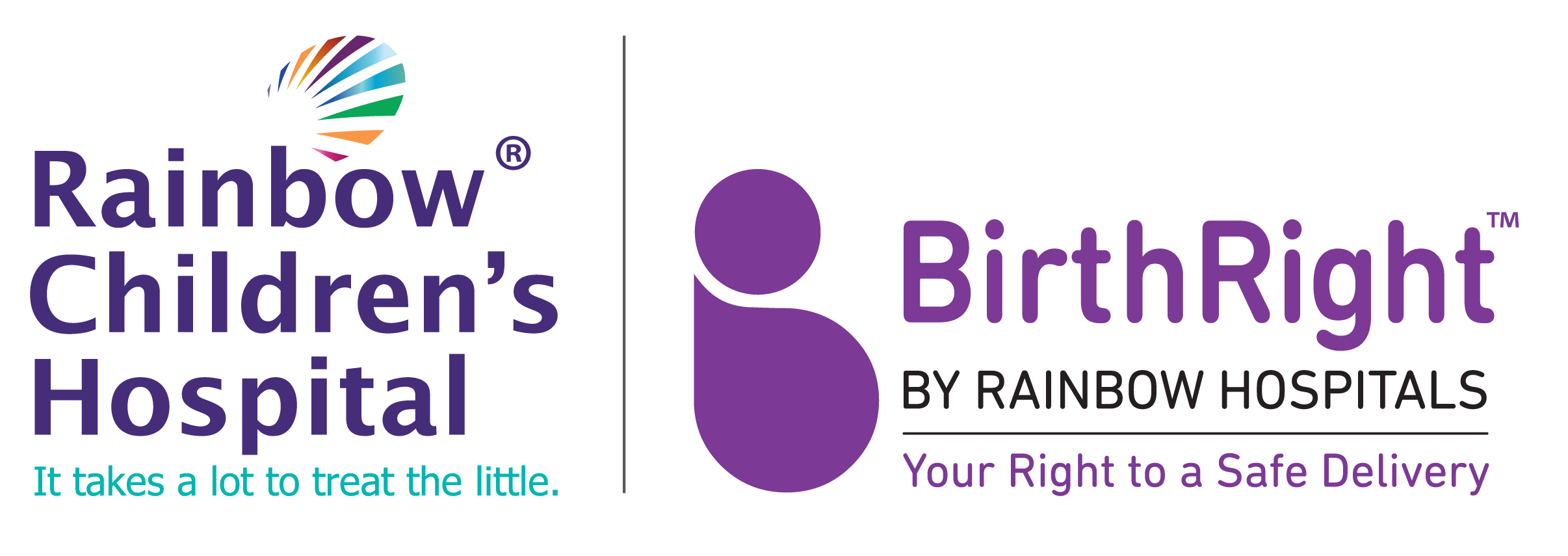


 1.png)



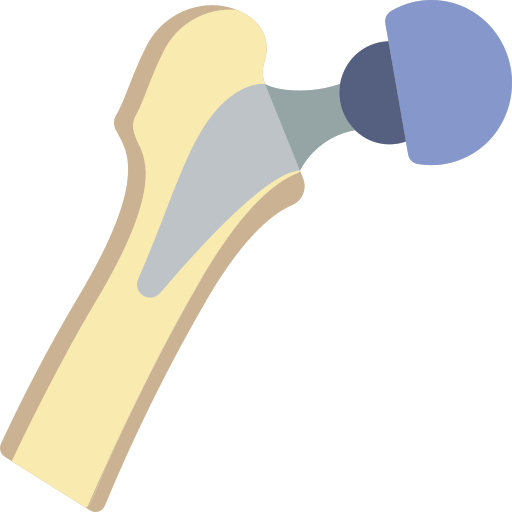

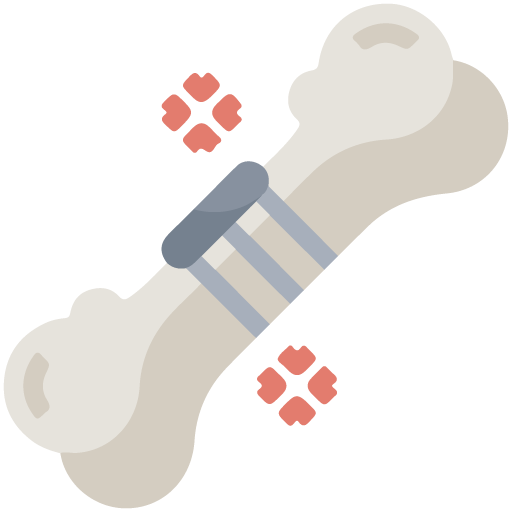

.png)



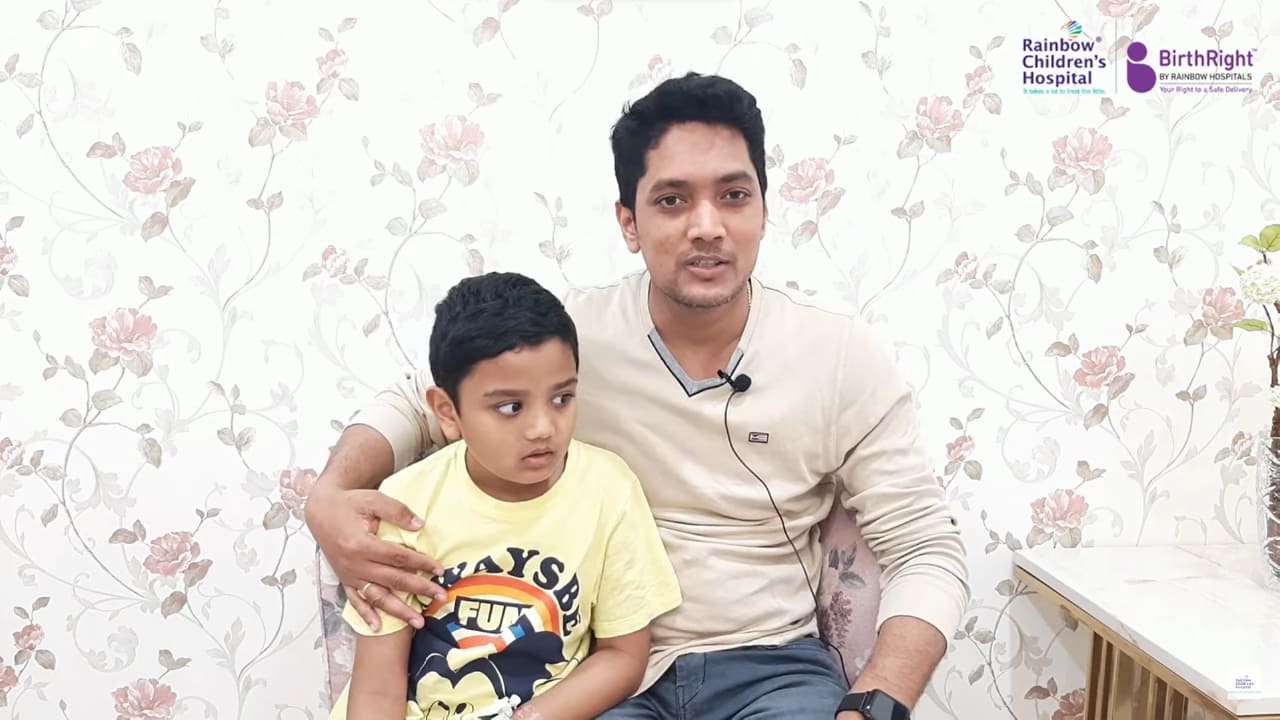
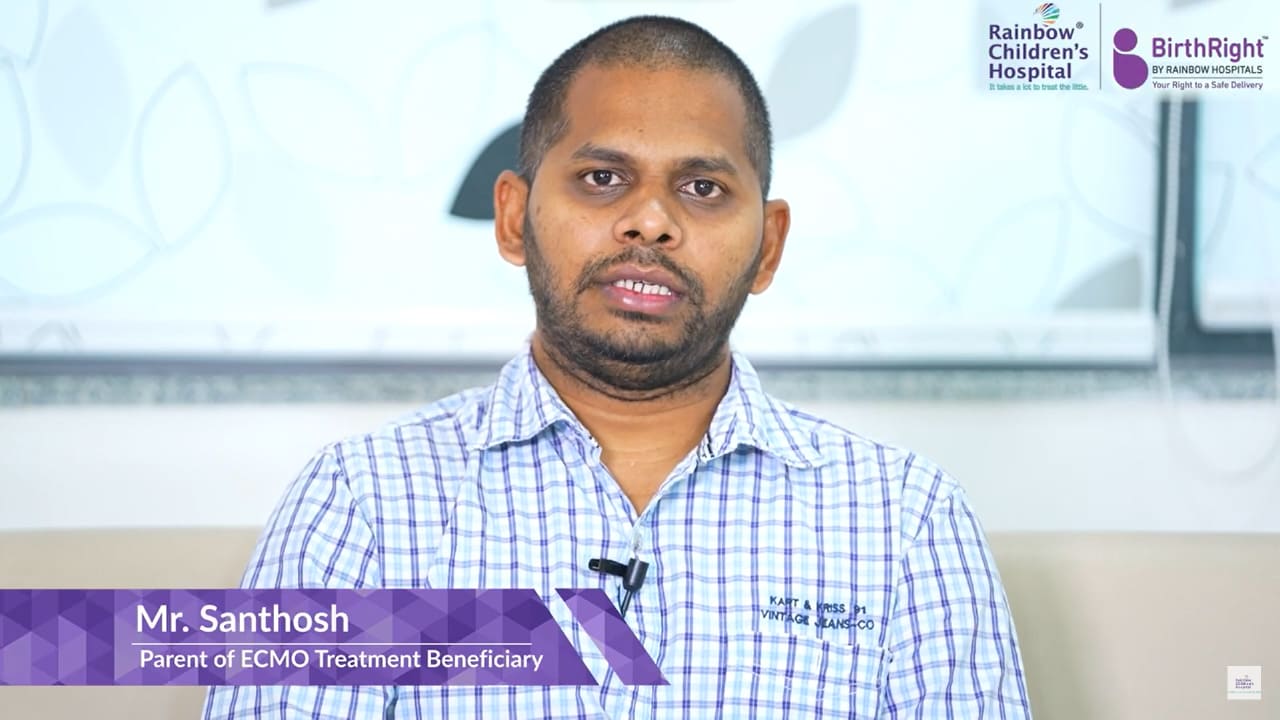
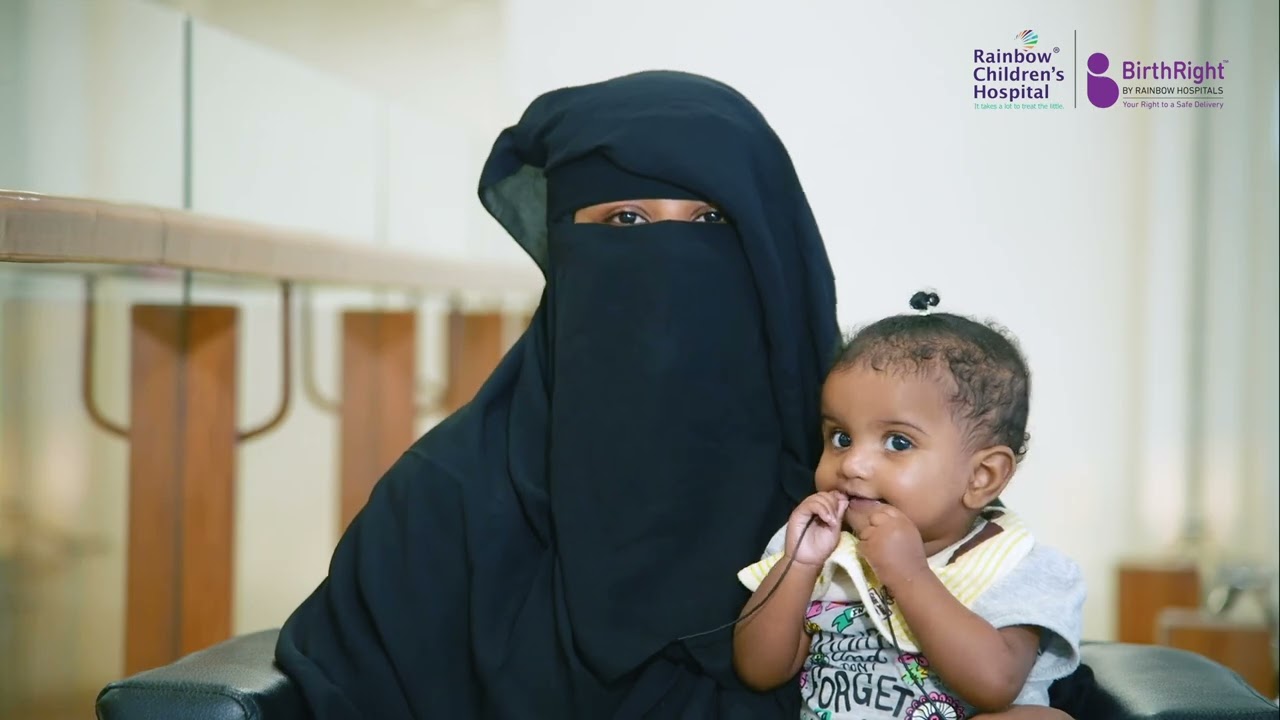



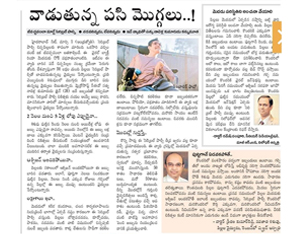
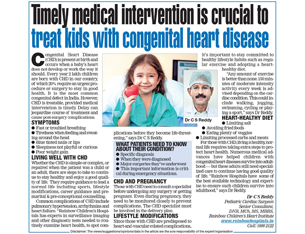




.png)
